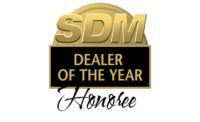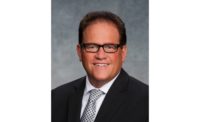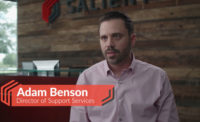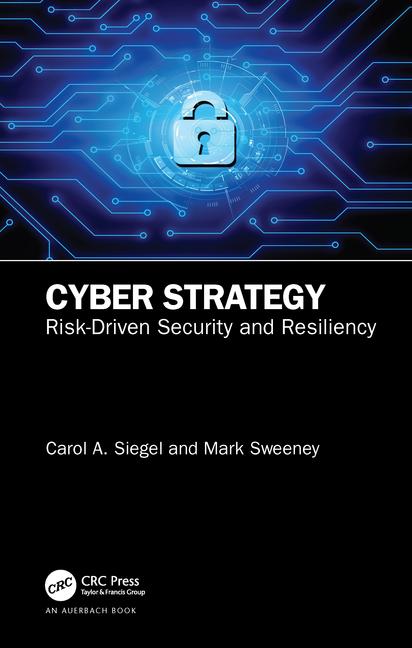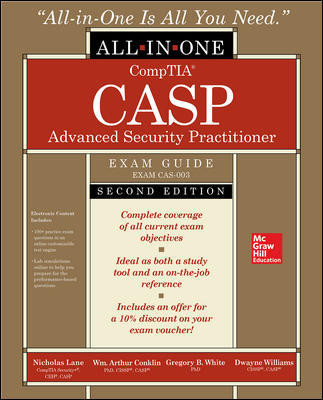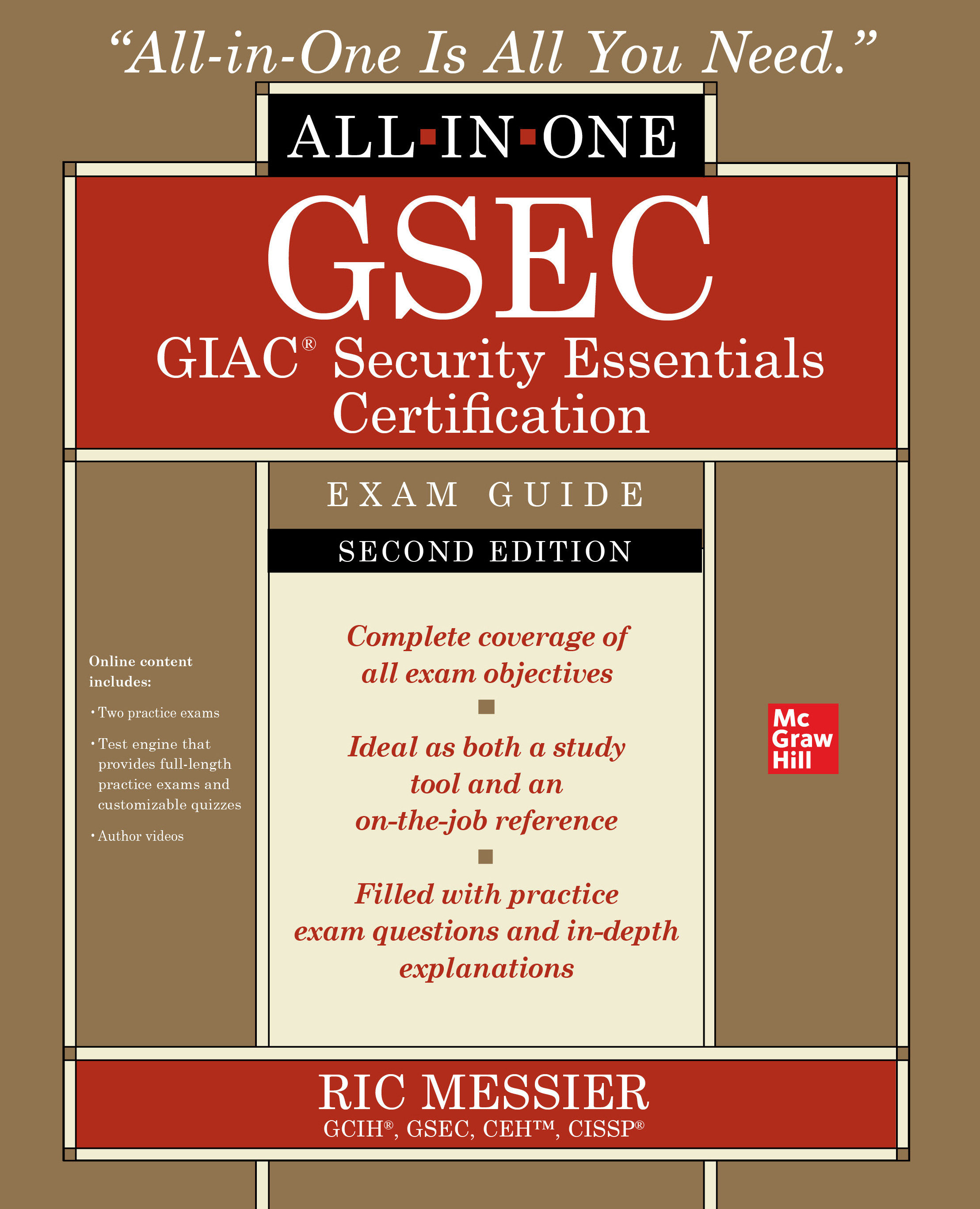It’s not every day that you encounter a company completely focused on investing in the voice of the customer, so much so that it has strategies in place to ensure regular, meaningful, and personal interaction with its customers. “What we really pride ourselves on is giving that voice to the customer, where we go out and really interview the customers,” says Chris Meiter, president, Salient Systems, who explains that two or three weeks every quarter are dedicated to just going out and listening to Salient’s customers and finding out exactly what their needs are. After coming back to the office, he says, product strategy works with engineering and says, “Here’s what we see; here’s what our customers want; and how can we roll that into the next version of product?”
That feedback, Meiter says, informs Salient’s choices about future product integrations and feature offerings. “We’ve taken a really proactive stance on customer feedback. We don’t go out and tell our customers, ‘Hey we’re the experts and we’re going to tell you how the product needs to be designed and you’re going to live with it.’ We’ve done a very good job of being nimble and delivering what the customer says they need.”
DISCOVERING UNIQUE NEEDS
One thing this finger-on-the-pulse mentality has helped Salient do is to more effectively meet the specific needs of each customer and avoid the one-size-fits-all approach. “The success that we’ve had to date is because we listen to our clients and we better understand what concerns they have, the obstacles of doing business, and the different challenges they might have on a daily basis,” Meiter says.
In the past, Video management systems were designed primarily to be deterrents, Meiter says — basically to assist in investigations. With modern technologies, however, VMS platforms can offer clients proactive solutions that meet the needs of individual departments in an organization. “It’s not strictly a product that’s just security related anymore,” he says; “it’s a product that gives you the ability to mitigate risks, to better develop standards for workflow and cleanliness within your organization, to be able to check up on stores and provide important marketing-related information for increased profitability.”
Meiter says construction is an example of how these systems can offer proactive solutions tailored to the needs of a customer: “In construction, facilities with cameras record traffic flow, pedestrian traffic, ingress and egress. Video applications are used for efficiency as well as physical security.”
And certainly with different corporations, there come many different levels of risk and the need for risk mitigation. For example, in a meeting with a director of security at Kraft Foods, Meiter says he discovered a risk the company faced that he hadn’t been aware of. “During a customer meeting, their concern was they were losing trailers and inventory from their distribution centers. [The security director] asked, ‘Do you realize what it costs us when we lose a trailer full of macaroni and cheese?’
“I said, ‘I don’t know, about $15,000.’
“He answered, ‘You’re dead wrong. Millions. Millions of dollars. That product, or any product that Kraft sells, goes on the black market, and they’re selling those boxes for a nickel or whatever they’re selling them for, and somebody gets sick because the product expired or it’s been tainted, and you find out it says “Kraft” on it, and our stock tanks by three dollars the next day.’
“I never looked at it that way,” Meiter says. “So it is with a drug company in the same situation, or an electronics company — whatever it may be — it isn’t always just cargo theft. The impact can go much further.”
TECHNOLOGY WITH A PURPOSE
Meiter explains that a typical way for companies to approach product offerings is that people in engineering would add functions and features to a product just because it had the capability, without regard for whether it was a feature people would actually want to buy.
He describes how instead, Salient’s head of product strategy meets with clients, discovering their unique needs so that Salient can deliver exactly what will meet those needs. “Here at Salient, we’ve done an excellent job of the investing the time and effort to go out to the clients and ask them the questions: ‘What are your concerns, what do you see in our product, and what would benefit you with how the product would change?’ That might be moving things around in the graphical user interface; that may be adding more functionality to 360 camera dewarping, or those types of things. So we’ve added that functionality. And it might be adding different brands of products.”
SCALABILITY
Adding different brands and ensuring interoperability is another part of Salient’s strategy that goes back to listening to what the customers want. “We pride ourselves on open architecture, and so we let the customers drive what type of technologies they want us to integrate to the product,” Meiter says. “We understand that a customer may be using a particular type of camera and have a lot of them deployed, so that’s where we would take the integration direction. We want to make the products flexible; we want to support the best-of-breed technologies offered in the market.”
Meiter explains that while customers might be standardized with one platform and brand of products, they might make an acquisition and add additional retail stores that use completely different products, but the customer still wants to standardize with Salient. “So it’s important that we have built in the integration to talk to a disparate access control platform or a different camera system.”
Houston Independent School District, Meiter says, started installing Salient with a couple schools and 16 cameras each, “and today they have over 15,000 cameras running on CompleteView — 10 years later. The point is that scalability is very important because it offers peace of mind that across the system customers don’t need to be concerned that the software has to be redeveloped or redesigned. The architecture and the pricing model remain consistent.”
CONTROLLING COST
Being able to offer this level of scalability, Meiter says, is being able to offer a low and predictable cost of ownership.
“Confidence that pricing is going to be long term is important,” Meiter says. “There are still a lot of analog cameras out there, but we developed a platform where you can bring your analog cameras and plug those right in to the same server. And when you’re ready to transition from analog to IP, you simply unplug the analog camera, click a button, and it turns the analog license to an IP license. So from a total cost of ownership you pay a license fee just once.”
At the end of the day, Meiter says, the end users are responsible for maintaining budgets and they have to be able to forecast their spend very accurately, not only in year one when they install products, but years two, three, four, etc. “The longevity of our technology is proven. So it helps to know the cost structure is going to be stable, not just at the initial deployment, but over time. We’ve got a very clear message that we deliver. Buy it once, own it forever.”
Salient’s tagline is We view security differently. “We really do view security differently,” Meiter says. “We can listen to our customers and recommend what we think might best fit their needs and then work with them to achieve the goals.
“We don’t profess to know everything, but we stay abreast about what’s going on in the industry, what is changing in the market and in new technology. We make the best, most cost-effective recommendations for our customers. I think over the last 10 years we’ve done a very good job.”








